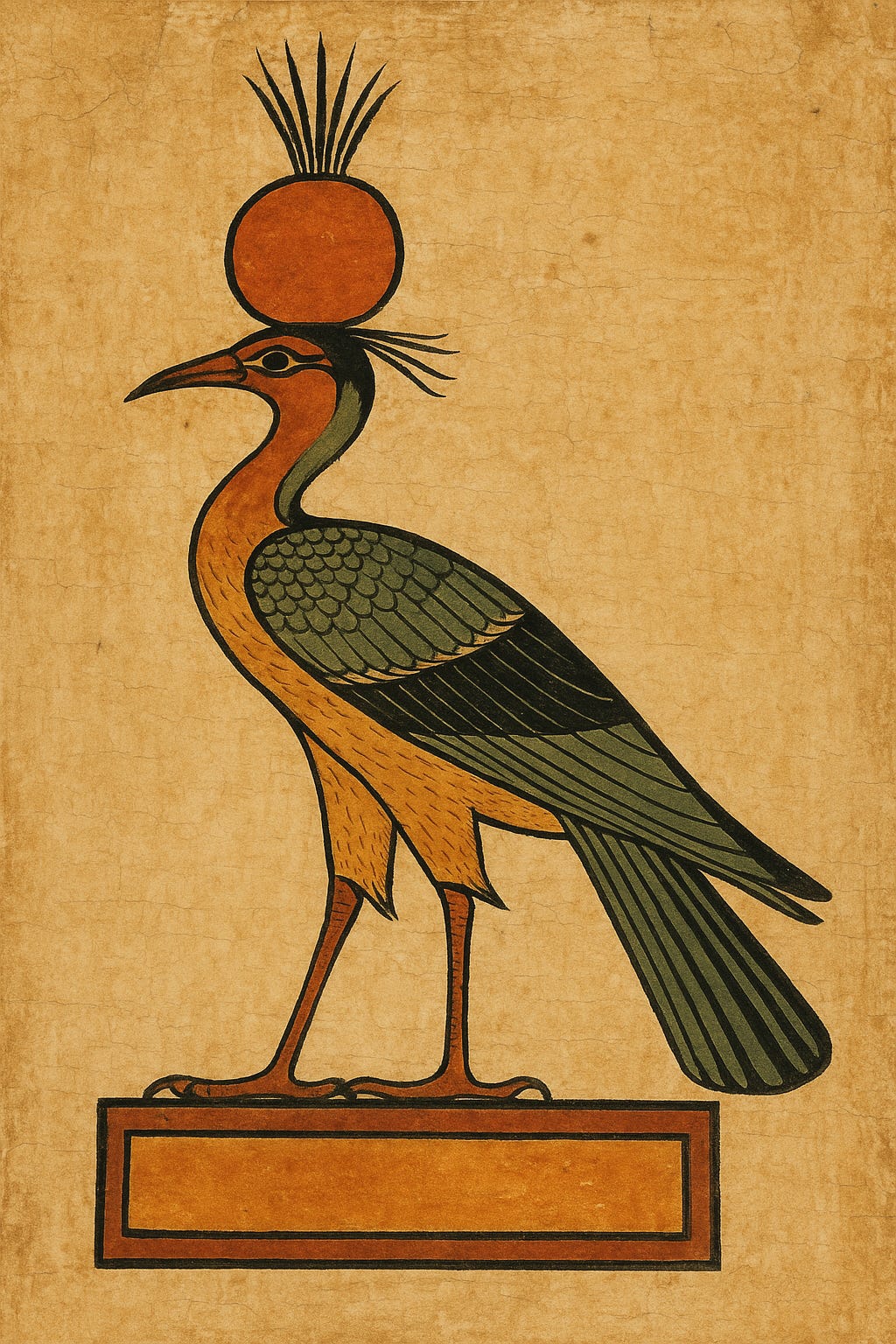In Marvel Comics lore, the Phoenix Force is among the most powerful entities in the entire universe. At some point, Jean Grey (one of the OG X-men who has intense psychic powers) is critically damaged by cosmic radiation when she sacrifices herself to save the team.
Just as Jean Grey is about to die, this mysterious being senses her peril and decides to merge its power with hers in order to prevent her death. In doing so, Jean Grey ultimately becomes incredibly powerful in her own right, and all that power ultimately corrupts her, leading to the epic Dark Phoenix saga.
Whenever the characters (or the readers) in the Marvel Universe see Jean’s power manifesting, it’s always in the form of a flaming phoenix, although the Phoenix Force itself is, in reality, formless.
This vision is consistent with the way the people of the ancient Mediterranean regarded the phoenix. The Egyptians had something they called a Bennu—it wasn’t a deity, but instead more like a symbol of rebirth. This was a divine bird that was ultimately made into a hieroglyph, always symbolizing the cyclical nature of life.
It’s important to note that the Bennu was centered around Heliopolis—literally, “City of the Sun.” Perhaps this is why the ancient Greeks began referring to a fiery bird that symbolized rebirth around the 5th century BCE.
The Greeks had a way with words! They wanted a good descriptive term for this bird—this symbol of rebirth—so they considered their surroundings. According to the myths, this bird burned unbelievably brightly as it was doing its thing.
The Greeks had access to something very, very bright. It was cloth that had been turned the brightest purple anyone had ever seen by their neighbors, the Phoenicians.
Over the centuries, they had developed an intricate and complex process for dyeing cloth purple. The process was mysterious to the Greeks and to everyone outside of the Phoenician world—a bit like Chinese silk, where the information that gives a culture a huge advantage in trading is very closely guarded.
The process involved gathering tens of thousands of snails from the sea. There was an entire industry developed around this trade, where divers would risk their lives by plunging to the bottom of the water with no protective gear at all, then snatch as many of these as possible. Fishermen, too, could supplement their income by gathering snails with their fine mesh nets.
Once the snails were crushed or otherwise pried open, there was a tiny gland called the hypobranchial that provided the tiniest bit of white liquid. Once there was enough of this snailmilk, the alchemist would then allow the substance to ferment for a few days in the sunlight, creating the worst odor imaginable.
Gradually, this changed the color of the substance to purple, where it was then boiled down to concentrate it. What resulted was rich, thick, and very permanent as a dye for clothing. It bonded to the fabric better than anything else in the ancient world.
The vivid purple that became the trademark of these people also provided the basis for the name the Greeks gave them: Phoenician means something like purple-people, and the name has stuck over the centuries.
It makes sense, then, that the Greeks called that very bright bird from Egypt the phoenix.







Wait, if "Phoenician" is "purple-people," does that make Barney a Phoenisaurus? (I really need to get out more.)
"Phoenician means something like purple-people, and the name has stuck over the centuries." So they were the prey of the Purple People Eater?